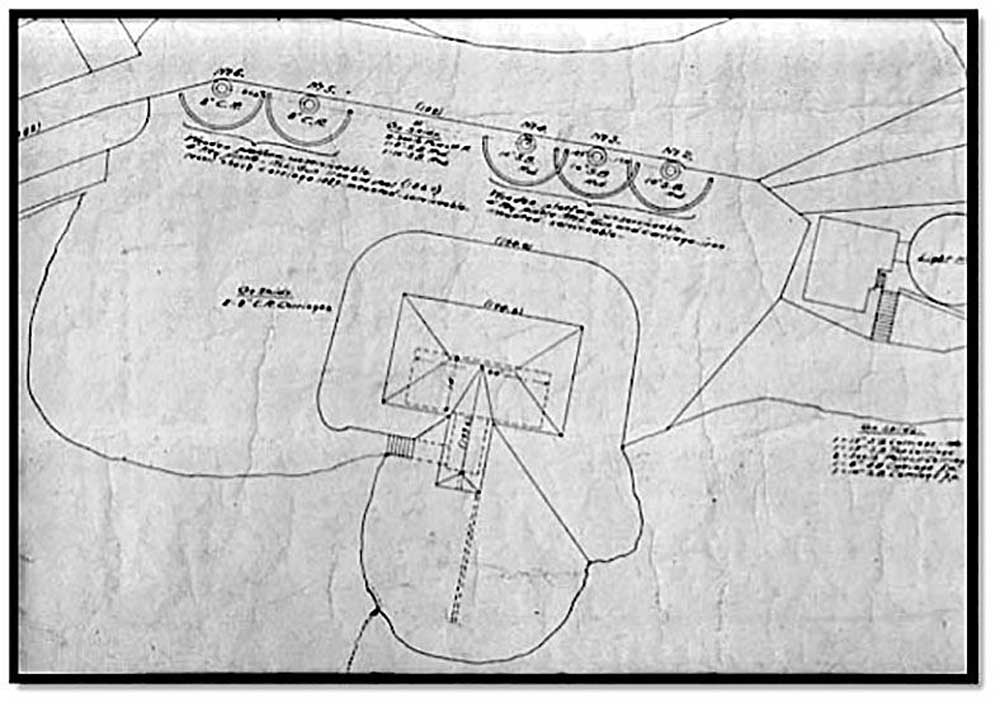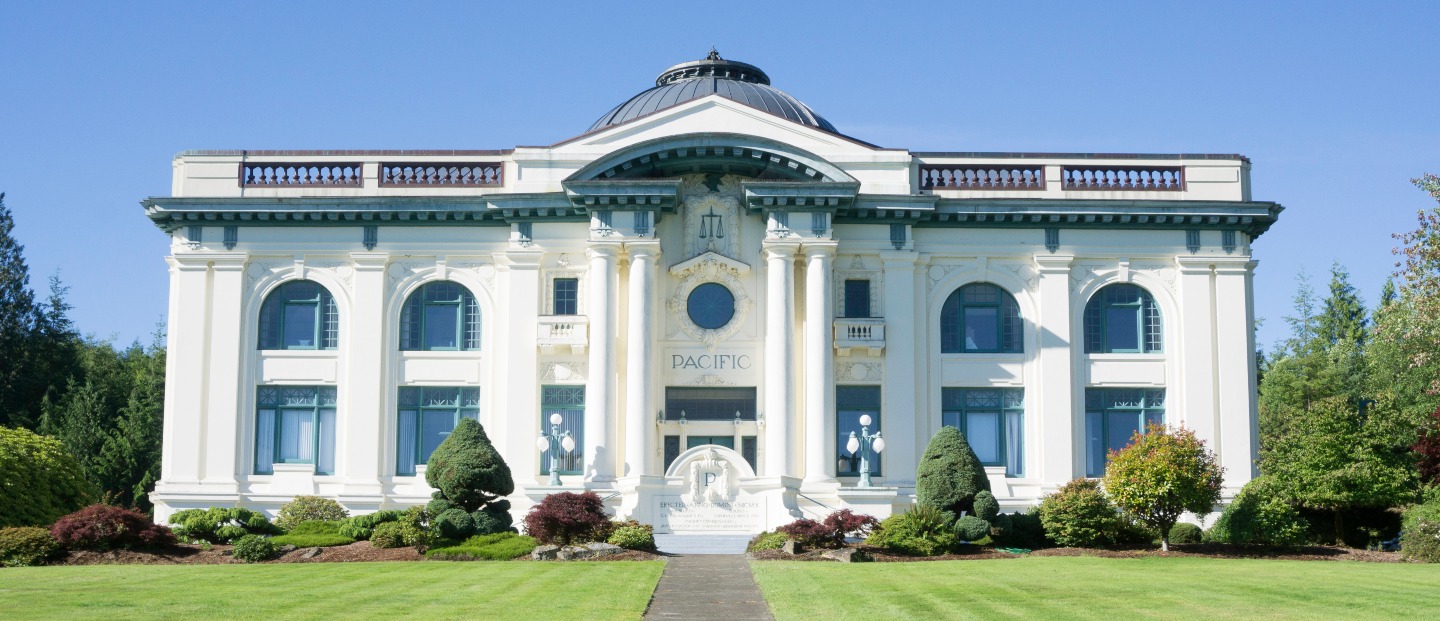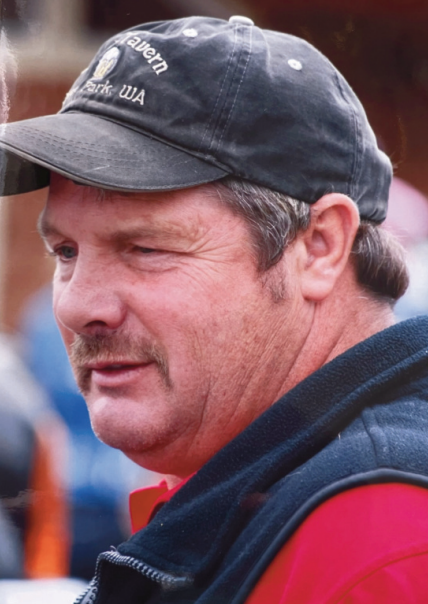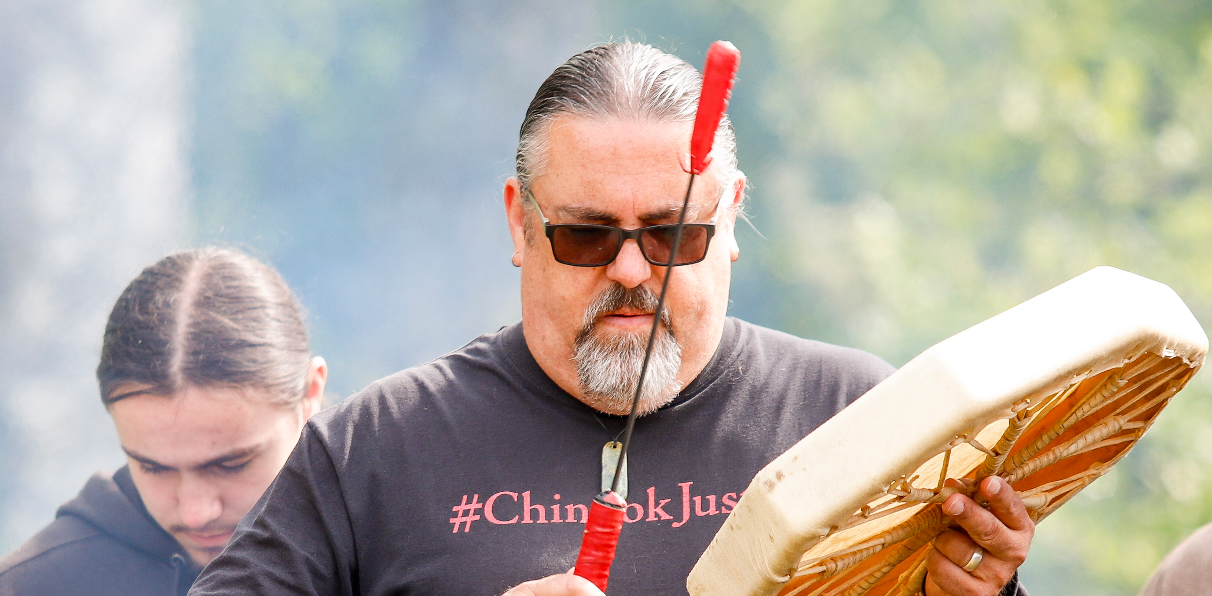Nearby History: Fascinating Fort Canby Part 1
Published 9:53 am Thursday, November 3, 2022

- Drawing showing locations of guns installed in 1862 at West Battery and the Ordinance Storehouse. The one 15-inch Rodman is located to the west of the lighthouse outside the range of the map.
If you visit Cape Disappointment State Park and take a look around or take a hike up McKenzie Head or around North Head, chances are you will see the remains of the World War II era military installation of Fort Canby. Foundations, observation and search light stations, a few buildings, batteries and footings are mostly all that remain of the former Columbia River fort. Few people realize that during the Civil War, the Coastal Artillery Corps at Fort Canby was first located at what is now the current site of the Cape Disappointment U.S. Coast Guard station.
Trending
Historically, the site of Fort Canby at Cape Disappointment was viewed as an important and strategic location for the defense of the Columbia River. Both the British and Americans, who traded in and occupied this region, understood the military significance and potential of the high basalt cliffs of the Cape.
As early as 1820, some members of Congress felt the United States should promote settlement in order to occupy the Pacific Northwest. They felt this action would justify securing the territory with a military presence. After numerous surveys, proposals and congressional actions, an Executive Order dated Feb. 26, 1852 finally set aside a military reservation at both Point Adams and Cape Disappointment. At this time, Pacific City, a small town just west of Ilwaco on Baker’s Bay, was condemned by the government to become part of that military reservation. Over the next few years, the 220 residents of Pacific City primarily moved to the town of Unity — now named Ilwaco — and a few to other areas of the Peninsula.
In November 1860, the motivation for actually constructing a fort at the mouth of the Columbia River had intensified with the election of Abraham Lincoln as president. Pro-Southern activists in California, Oregon and Washington issued a call for secession and the creation of an independent Pacific Coast Republic. This, along with the threat and fear of a “foreign” war and rumors of Confederate ships in the Pacific Ocean, were possibly some of the factors that helped in the push for passage to fund fort construction. Most likely the need for protection for the growing cities and increasing settlement up river, had the greatest influence in the building of both Fort Canby and Fort Stevens.
Trending
In Congress, arguments both for and against the construction of fortifications at the mouth of the river went on for years. Finally, in 1862, a bill was signed designating $100,000 for permanent defenses.
Col. René Edward De Russy and 1st Lt. George Elliot headed to the Columbia and selected three sites for these defenses. The first site selected was Cape Disappointment. The second, a site at Point Ellen near Point Adams and the third, Chinook Point about 13 miles east of the mouth of the river. Because of its defensive location, Cape Disappointment was the first of the three proposed sites to begin construction.
Fort Canby: The Early Batteries and Guns
Fort Canby, along with Fort Stevens and Fort Columbia was one of the three military sites that made up the Harbor Defenses of the Columbia River. Construction began for both Canby and Stevens in 1862, followed 34 years later by Fort Columbia in 1896. Originally called Fort Cape Disappointment, the fort was renamed on Jan. 28, 1875, for Gen. Edward R.S. Canby, who was killed in the Modoc Indian Wars.
During the first construction phase, three defensive earthwork batteries were constructed at Cape Disappointment. West Battery was built near the lighthouse on the west point of the cape at the 186 feet elevation. Center Battery was built at the mid-point of the Cape facing the Columbia River and East Battery was constructed at the East end of the high point of the cape overlooking the entrance into Baker’s Bay.
West or Lighthouse Battery
In 1862, one 15-inch smoothbore Rodman was installed in front of the lighthouse. Just east of the lighthouse, facing the river were mounted three 10-inch and two 8-inch smoothbore Rodmans. In 1866, two 300-pound Parrott guns were installed and added to the defenses. These Parrott guns were replaced on October 1890 with two 8-inch converted rifles. The Ordinance Storehouse shown in the map was built in 1875.
The 15-inch Rodman smoothbore cannon, was located facing the ocean just north of the lighthouse. Nicknamed “Old Betsy” this gun was the largest and best-known gun used at Fort Canby during the Civil War period. Old Betsy weighed 50,000 pounds. The projectile for the gun weighed 315 pounds and could be shot as far as two miles. It took seven men, one minute and ten seconds to load her and twenty seconds to move the gun 90 degrees.
In 1893, the large Rodman was moved to Center Battery. Complaints were issued from the head keeper at Cape Disappointment lighthouse to the War Department because the concussion of the blast caused damage to the glass. The War Department issued orders that the gun not be fired again in that location. The decision was made to move the large gun to Center Battery.
Center Battery
At 231 feet above sea level, Center Battery had the highest elevation of the three original batteries at Fort Canby. Three 10-inch smoothbore Rodmans were mounted in 1866. The 15-inch Rodman was moved here from West Battery in 1893. By 1900, the old original guns had been removed and the only guns remaining at this battery were two 8-inch converted rifles and the one 15-inch Rodman.
The installation of the 15-inch Rodman at Center Battery in 1893 was a major project due to the size of the gun. The photo above shows how the gun was installed using wooden cribbing. When operational, it sat on granite blocks and balanced on a center pintle allowing it to be moved for aiming. Some of the granite blocks are still visible today. They are located near Battery Harvey Allen at the Lewis and Clark Interpretive Center.
East Battery or Left Battery
The elevation of East Battery was 169 feet above sea level and gave the military an excellent view of the Columbia River and entry into Baker’s Bay. Eight 10-inch Rodman guns were mounted here in 1866 under the direction of Captain John J. Rodgers, 2nd Artillery. The Ordinance Storehouse for Left Battery was built in 1867.
Fort Buildings
The first commanding officer of Fort Canby was Capt. W. H. Jordan. He was in command of Company “A”, 9th Infantry who garrisoned the Fort from April 5, 1864 to Oct. 11, 1865. According to a history of Fort Canby written by Capt. Evan Miles, the company and captain arrived on the river steamer John H. Couch from Fort Vancouver. It was at this time the fort was officially activated. The first artillery troops to garrison the fort was Company L, 2nd Artillery, who arrived on Oct. 12, 1865 under the command of Capt. John I. Rodgers.
Many of the buildings that made up Fort Canby were built between 1864 and 1879. Three Officer’s Quarters were built in 1864, an additional one was built in 1872 and the Commanding Officer’s Quarters was completed in 1876. In front of Officer’s Row was a plank sidewalk that connected the houses with the rest of the fort.
Other specific quarters for staff were for the hospital steward, doctor, commissary sergeant, laundresses, ordnance sergeant, and non-commissioned officers.
Other auxiliary buildings at Fort Canby were a blacksmith shop, engine house, bakery, washroom, store house, forage house (storage for horse feed), wagon shed, stable, paint shop, wood shed, saw mill, magazine (powder house), ordnance store houses (three, one at each battery), a guard house and a wharf with a warehouse.
The guard house was completed in 1868. It was two-story with eight cells for prisoners on the first floor. The second floor was used as a school-room for the children living at the fort. This area was also used as a reading room and chapel for the soldiers. Five additional prisoner cells were located on the second floor.
Most of the offenses at Fort Canby were for drunkenness and absent without leave (AWOL). The fort was very remote and although soldiers had their jobs to do, there was little action to keep them busy and for some of them out of trouble.
The Fort Canby hospital was completed in 1865 and contained two wards with four beds each. A dispensary, office, bathroom, and storeroom, as well as a kitchen and dining room were located in the hospital. A building referred to as the “dead house” was added later to the main building. This area was for holding the deceased until they could be buried in the Fort Canby Cemetery or transported to their relatives.
Fort Canby – 1900
On Jan. 14, 1900, the Oregonian newspaper had an article called “Fort Canby: A Has Been.” Some of the information contained in the article gives you a good look at the historic fort during the time between wars, just prior to being updated and modernized.
The article describes the three old batteries that had held the fort’s 22 guns as useless and unused. Many of the guns were dismounted. The fort is described as “mold and rust and rot; unkempt grass and broken places; an air of desperation everywhere. Upon the archway of the wagon entrance to the center battery a sign reads, “Shut the Gate,” and the gate itself is sprawled wide open and interlocked with creepers that seem to claim it to a forgotten era. “
The article notes the upcoming modernization, “This frowning fortress has within it nothing of danger beyond its frown. Yet the site is unapproachable as an ocean defense and it will within two years be converted into one of the most powerful of Uncle Sam’s sea coast forts… It is expected that a 16-gun mortar battery will soon replace the center battery. It may not be located in exactly the same spot. Most likely it will be further away from the rocky front… other modern guns, suitable for defense will man the east and west batteries.”
During this time the fort was turned over to the Corps of Engineers. The only soldiers on site were a sergeant, corporal and 10 soldiers. They lived at Fort Canby and were caretakers of the fort. All of the other soldiers had been sent back to Fort Stevens.
The fort itself was described in the Oregonian article of 1900, as most picturesque and interesting. “…it is located upon the westerly end of the shore of Baker’s bay and on the easterly side of the high promontory on which the batteries are erected. It is in a grand curve of that bay and so hemmed in by the high hills as to shut off all view of the Columbia River except a glimpse to be had from the officers’ quarters at the upper end of the village.”
“… This soldier’s village is a picturesque spot. It stretches along the shore of the bay for nearly a half mile, with the usual barracks and other buildings of a post, to the eminence at the aristocratic upper end where the officers’ quarters are located. It is nicely lawned and has one street well macadamized and one plank sidewalk next to the bay. Beyond the guardhouse, the flat or beach land widens in front of the officers’ quarters into a lovely plaza that has been sodded with blue grass, which is kept neatly trimmed. On this lawn a beautiful tennis court has been made within a year past, for the recreation of the garrison in summer. It is also the parade ground for the fort. It likewise serves as the grounds for target practice by all the artillerymen at the mouth of the river.”
The same Oregonian article tells about a section of Fort Canby called Mooneyville. The name is said to be named for a Sgt. Mooney who built the first non-government house near the fort. With officer permission, a number of married non-commissioned officers and soldiers built houses for their families on the government reserve. The location of Mooneyville was in the past a cow pasture. “Mooneyville is located on a stretch of flat land a quarter mile wide and some half mile long, extending from Canby promontory to McKenzie head and abutting upon the fine little sheltered beach where lightship No. 50 was stranded.” At this time, the only other houses in this area were occupied by a Chinese gardener and the post tailor. On the north side of Mooneyville was the Post Cemetery. Interred in the cemetery are soldiers and their family members, Life Saving Service, Lighthouse Service employees and family members, and a few bodies of unknown men who washed up on the sands of the Cape. According to the Oregonian article of January 14, 1900, “All the graves have headboards with name and company and date of birth and death inscribed; and some have stone or marble monuments erected to their memory.”
The informative article ends with a colorful and positive description of the potential modernization of the fort. “This picture of Uncle Sam’s dominions at Fort Canby is not inopportune. Soon a great renovation to put this fort in tune with the progress of the times will have effaced those interesting features. Ere long they will be succeeded by the spic-and-span new features of a great modern fort that will defend the most important harbor in the West.”
In 1886, the government had recommended a large budget of $2,919,000 for the defenses of the Columbia River. It wasn’t until 1895 that plans were made to start the project.
The plans called for installation of more modern rifles on disappearing carriages, mortar battery construction and the construction of Fort Columbia at Chinook Point. This large building project took place between 1896 and 1906.









